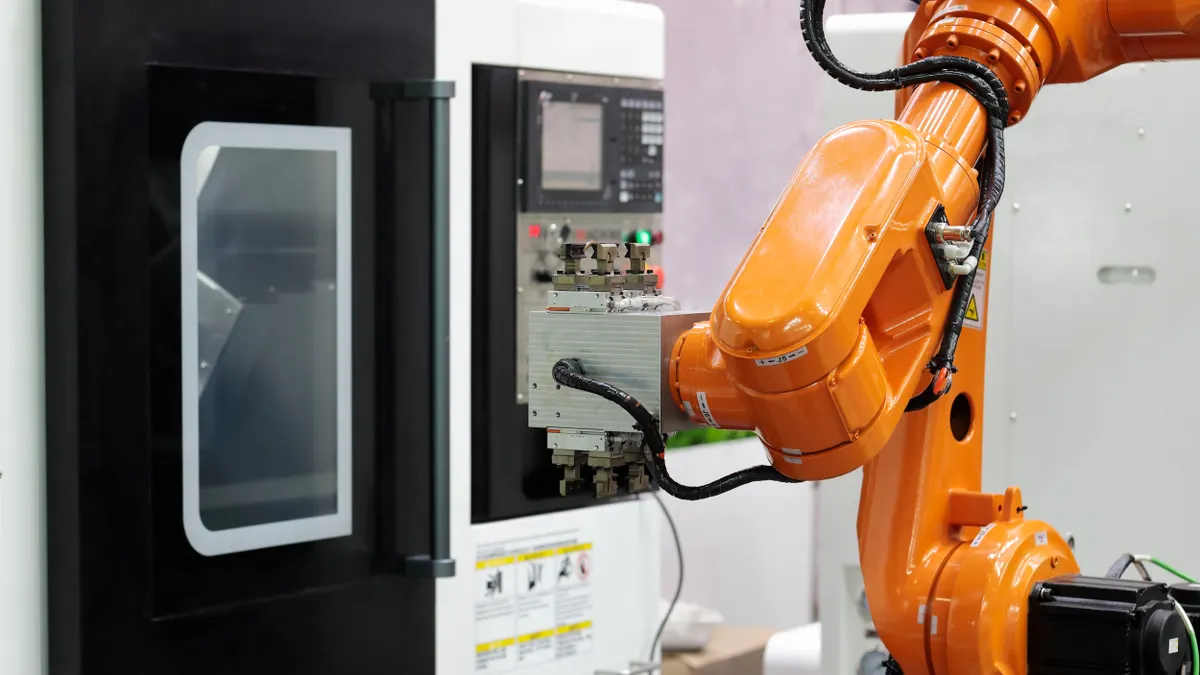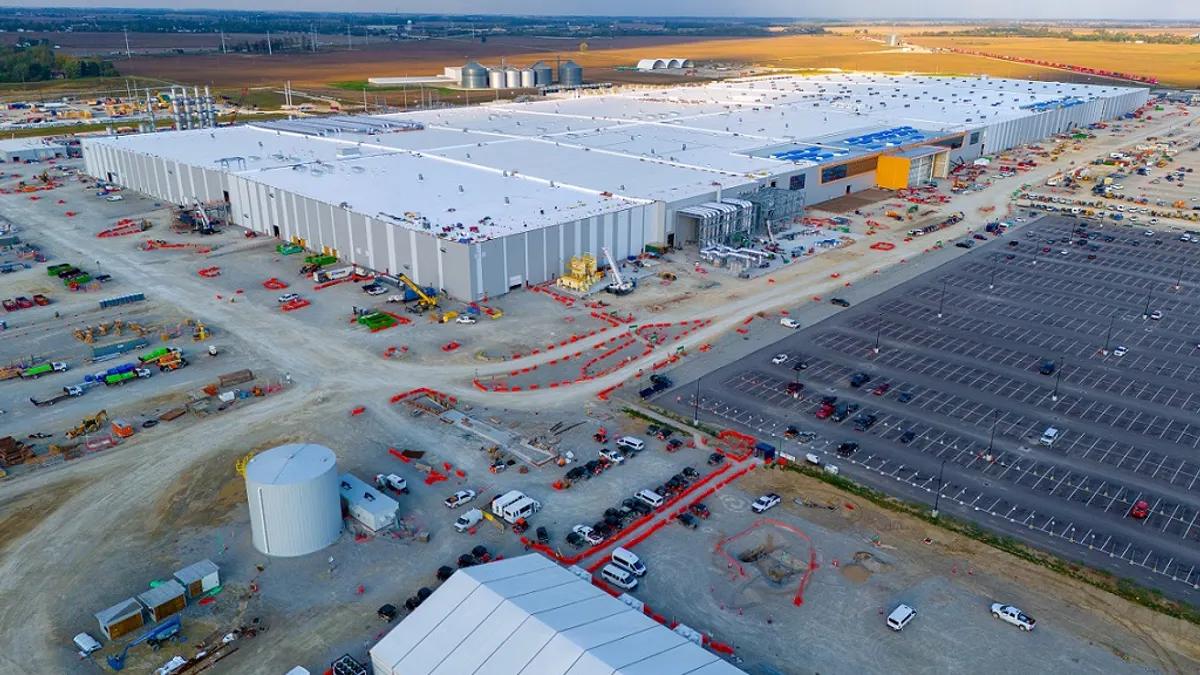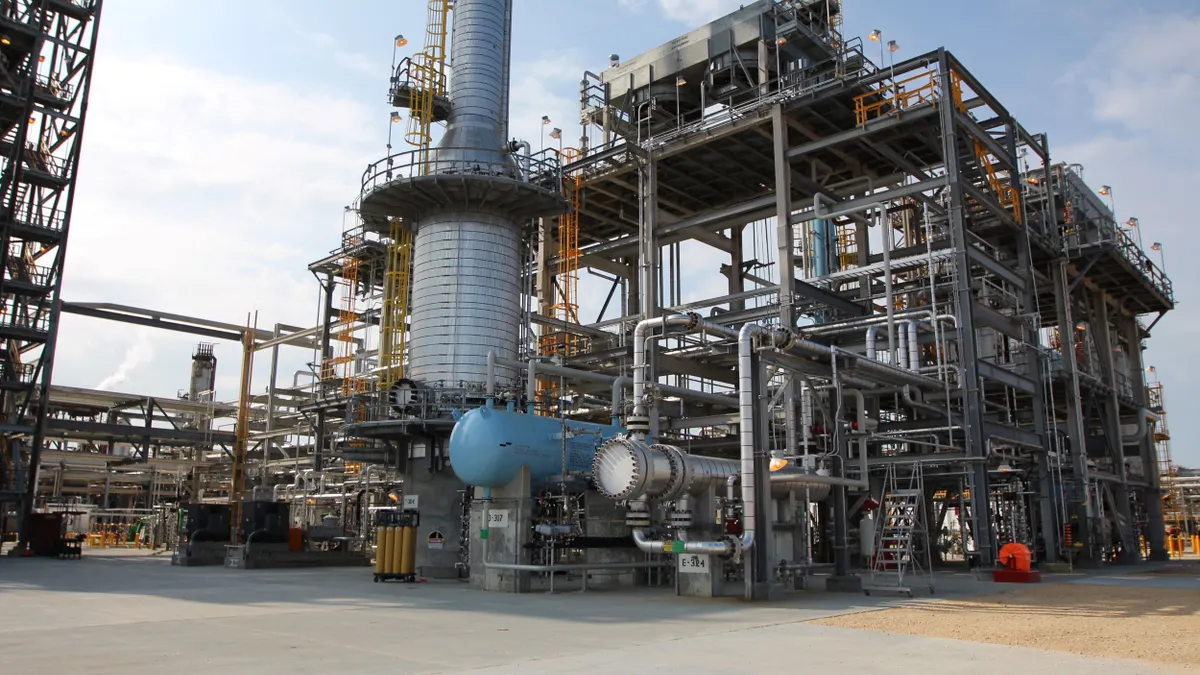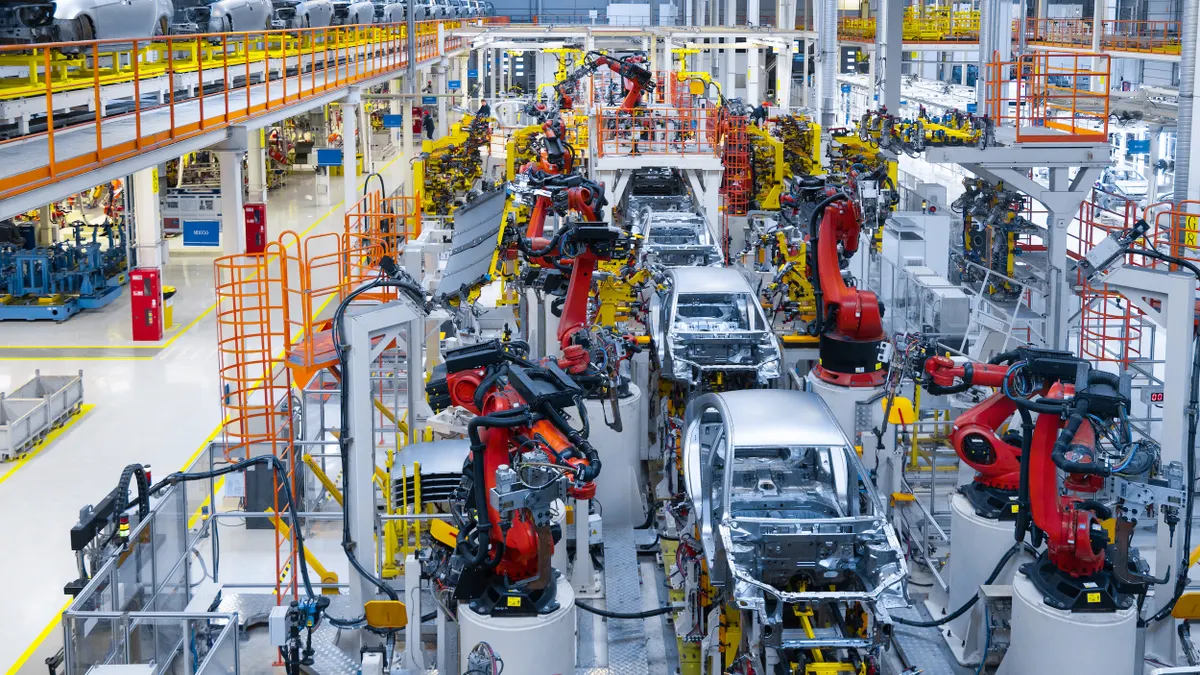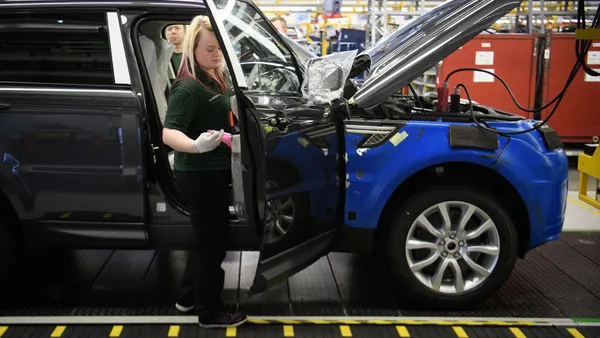While the pace of mergers in the manufacturing industry seemed to decline last year, 2024 outlooks are optimistic about a rebound in dealmaking later this year.
Manufacturers have secured several high-profile acquisitions in recent months. In February, Novo Holdings — the controlling shareholder behind Novo Nordisk, maker of the popular weight-loss drug Ozempic — bought the contract drugmaker Catalent for $16.5 billion. Similarly, Toyota announced in March its plan to purchase former Panasonic joint venture battery company Primearth EV Energy Co., in a bid to respond to electric vehicle demand.
Overall, 65% of industrial manufacturing C-suite executives said in a recent KPMG survey they expect dealmaking to increase this year, despite last year’s slowdown. Ultimately, several trends, including stabilizing economic indicators and the emergence of new technologies, could contribute to that growth, even as some barriers remain.
Declining uncertainty gives stakeholders renewed confidence
There’s less uncertainty in the broader market, which has made companies feel more empowered to consider acquisitions, said Michelle Ritchie, global industrial manufacturing and automotive deals leader at PwC. The supply chain is less volatile than it was during the pandemic, interest rates appear to have peaked and inflation seems to have normalized, she noted. For those reasons, executives might feel more ambitious about pursuing a deal in the coming year.
“What people came into 2024 feeling is less uncertainty,” Ritchie said. “All of those factors are going to set the rest of the year up for much more activity because people are going to get busy.”
Deals could focus on new technology
Companies are increasingly thinking about emerging technologies as they consider potential deals. This includes digital twin software, which enables simulations of manufacturing capacity, artificial intelligence-based applications and other digital assets.
“AI is all about predictions…You have to invest in your data quality. You have to invest in your IT platforms. And last but not least: you need certain process knowledge,” said Helmuth Ludwig, a professor of practice in strategy and entrepreneurship at Southern Methodist University. “Now, you might have great ideas, but how do you start?”
Acquisitions can help companies better expand their use of or access to digital technology, according to PwC. For the automotive industry in particular, acquisitions can help companies adapt to the rise of EVs. For example, last November Volvo bought electric bus manufacturer Proterra’s battery business to help the car company keep up with competitors like Tesla and General Motors.
Potential acquisitions face antitrust scrutiny
Regulatory review of mergers and acquisitions in many sectors, including manufacturing and technology, appears to have increased in recent years. This trend could impact how companies if, when and how companies pursue deals. While industrial policy investments from the Biden administration are accelerating activity in the manufacturing space, at least in the U.S., there’s a chance deals aren’t pursued because of regulatory concerns, Ritchie said.
“There's a lot of questioning, sometimes in the way early stages, of: do we want to do this acquisition [and] could we get it through regulatory approval?” said Ritchie. “If we can’t get it through regulatory approval, do we even embark on it? Which is not something we had heard in the past.”
Contract manufacturing deals could help diversify production
Global conflict has continued to make companies more interested in mergers and acquisitions that could bolster their supply chain stability and diversify their relationships with contract manufacturers.
For example, the impacts of the pandemic, along with surging tariffs, have made companies more interested in working with or acquiring companies that might provide manufacturing capacity outside of China, Ritchie noted. Now, more companies are interested in exploring manufacturing locations in Southeast Asia, India and Europe, such as in Poland, and discovering that they can be as affordable as options in China.
Strategic acquisitions and staying ahead
Despite the market shifts, some broad trends in manufacturing M&A activity remain the same, Ludwig said. This includes smaller companies looking to gain efficiencies through acquisitions — while other players use deals to diversify. But as the market continues to change, CEOs are likely to look at mergers and acquisitions as a way to stay ahead of a quickly evolving economy and keep their business relevant, Ritchie said.
And when approaching a new deal environment, she added that companies need to ensure they’re ready for the change interally.
“They need to position themselves to be successful in that new environment. So it's all the companies doing that, saying: Am I going to be ready? Am I going to be most efficient? Do I have the digital manufacturing to be able to be flexible?” Ritchie said. “What is it that I need to be able to operate competitively in that new environment?”





